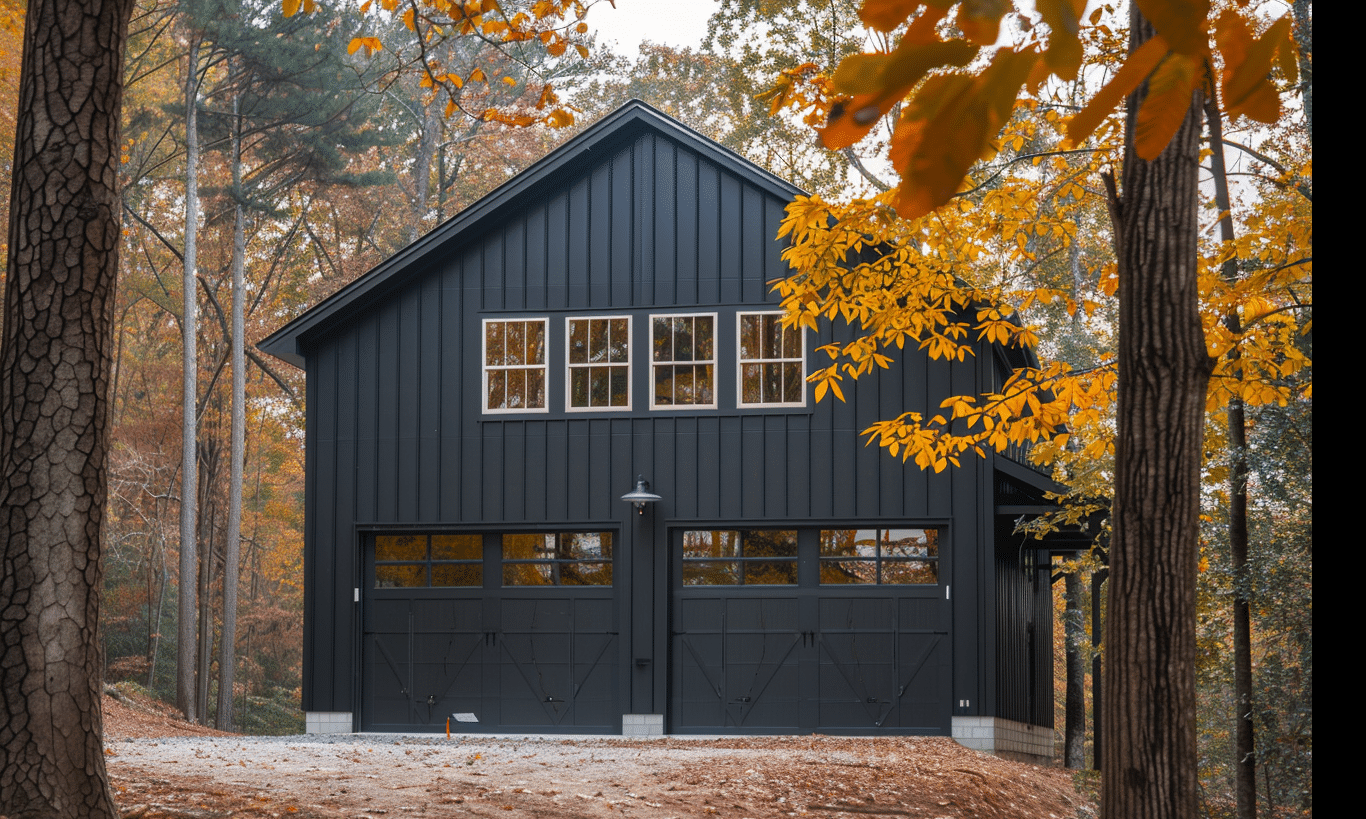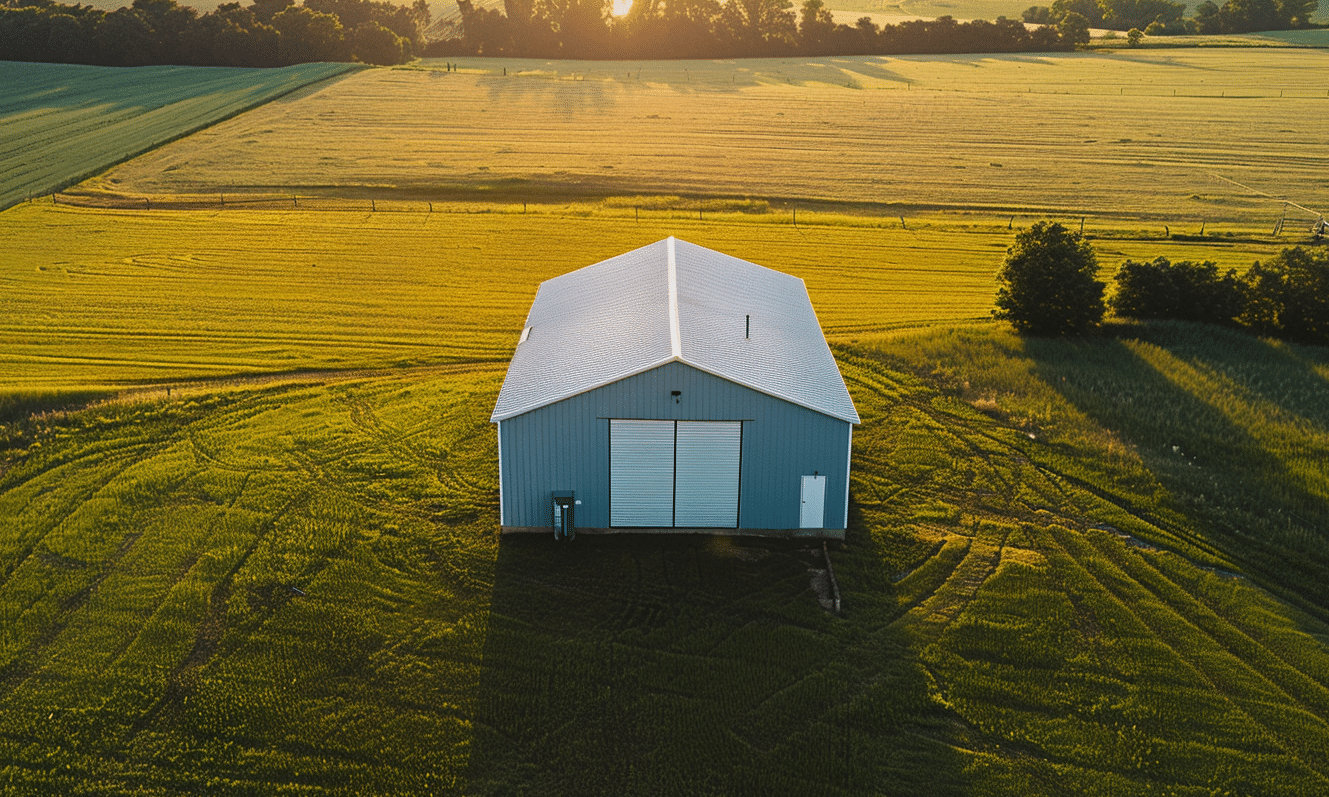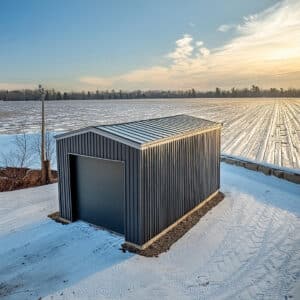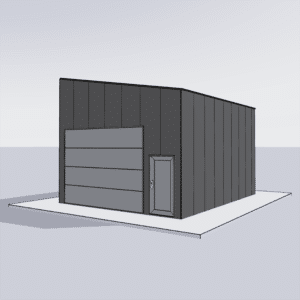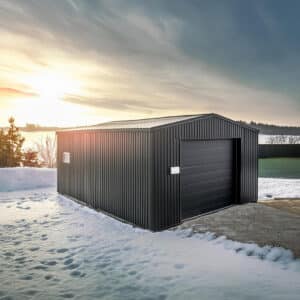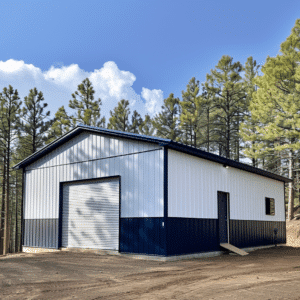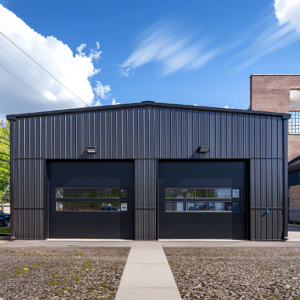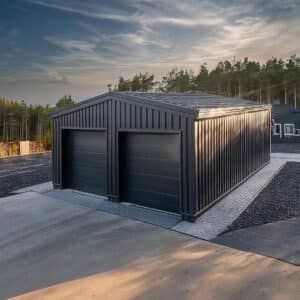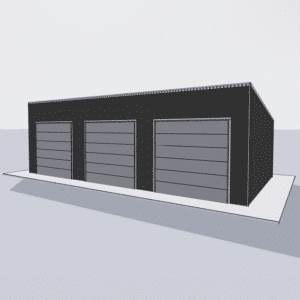In the ever-evolving world of industrial architecture, the modern steel structure is at the forefront of innovation. Yet, despite their sleek design and robust nature, these structures possess an Achilles’ heel—climate control. Whether an expansive warehouse in the chill of Northern Canada or a bustling factory in the summer heat, maintaining an optimal environment is essential. This is where the union of insulation and climate control technology becomes a game changer, ensuring that industrial steel structures remain comfortable and efficient year-round.
Understanding the Importance of Climate Control in Industrial Steel Structures
Have you ever stepped into a steel building and felt the temperature clash with the outdoors? The sensation is akin to stepping into a desert tent—or a walk-in freezer, depending on the season. Steel’s capacity to conduct heat quickly is both an asset and a liability. Without proper Industrial Building Insulation Solutions, a steel structure can become a sweltering oven or an icy cavern.
Climate control isn’t a luxury; it’s a necessity. The implications range from preserving temperature-sensitive inventory to ensuring employee comfort and safety. Therefore, understanding the nuances of climate control can significantly benefit the longevity and functionality of these buildings.
The Key Role of Insulation
At the heart of effective climate control in steel structures is insulation. A well-insulated building blunts the sharp edges of temperature fluctuations, much like a good pair of winter boots or a trusty sun hat. Insulation acts as a buffer, reducing energy consumption and maintaining a stable internal climate.
When it comes to Steel Building Insulation Guide, choosing the right material is crucial. Options like fiberglass, spray foam, and radiant barrier systems each offer distinct advantages. Fiberglass is cost-effective and efficient in standard conditions, whereas spray foam provides superior sealing properties, making it ideal for extreme environments.
Innovative Insulation Solutions
Today’s industry is brimming with innovation, from advanced insulation technologies to state-of-the-art climate control systems designed for industrial settings. For instance, reflective insulation systems incorporate an aluminum-foil-based material that reflects radiant heat rather than absorbing it, thus effectively lowering indoor temperatures during the summer.
These technologies are not just confined to industrial applications. Insights garnered from Residential steel building design often find their way into industrial applications and vice versa, demonstrating the versatility and adaptability of these solutions across various domains.
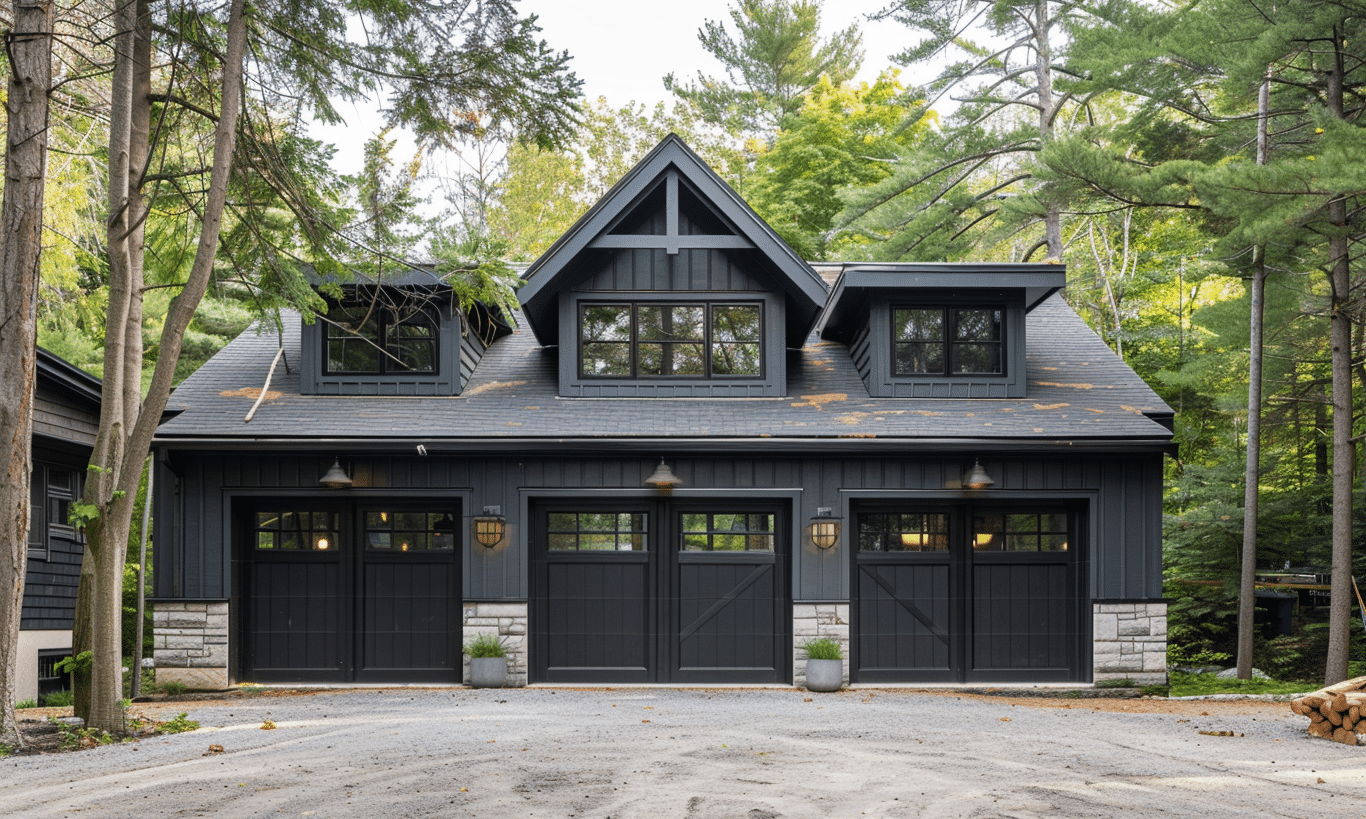
Perfecting Climate Control: The Synergy of Systems
While insulation lays the groundwork, climate control systems optimize the situation. Imagine the harmonious sound of an orchestra where each instrument is meticulously tuned—that’s the effect of a well-integrated climate control system in an insulated building. By employing HVAC systems, automated venting, and zoned temperature management, these structures become finely tuned environments tailored for specific needs.
Sophisticated climate control technologies allow precise regulation, turning the chaotic climate into a finely tuned balance. As these systems evolve, the goal remains to economize energy consumption while maximizing efficiency, thus providing a sustainable solution for industrial demands.
Pioneering Best Practices in Steel Construction
Implementing these concepts involves astute planning and foresight, often led by pioneers embracing Best Practice in Steel Construction – Industrial Buildings. Drawing from experience and ongoing research, effective practices have emerged that prioritize energy conservation, structural durability, and environmental stewardship.
Leveraging insights from industry-leading projects is crucial to staying at the forefront. Still, it’s equally critical to avoid foreseeable snags, as highlighted by Pitfalls: Lessons Learned in Industrial Steel Projects, which shares valuable lessons to preemptively address common oversights and improve the overall outcome of construction endeavors.

A Climate-Resilient Future for Steel Structures
Imagine an industrial site where energy efficiency and comfort walk hand in hand. By embracing cutting-edge insulation techniques and robust climate control systems, the vision for a climate-resilient future isn’t far off. With continuous advancements, steel structures can stand as paragons of environmental responsibility and energy efficiency.
In conclusion, attaining optimal insulation and climate control for industrial steel buildings is a multifaceted endeavor. Whether seeking to retrofit an existing structure or laying plans for a new development, investing in advanced technologies, and understanding best practices are key to achieving sustainable, year-round comfort. This isn’t just about weatherproofing buildings; it’s about future-proofing them against the rapidly changing climate and energy landscape.
